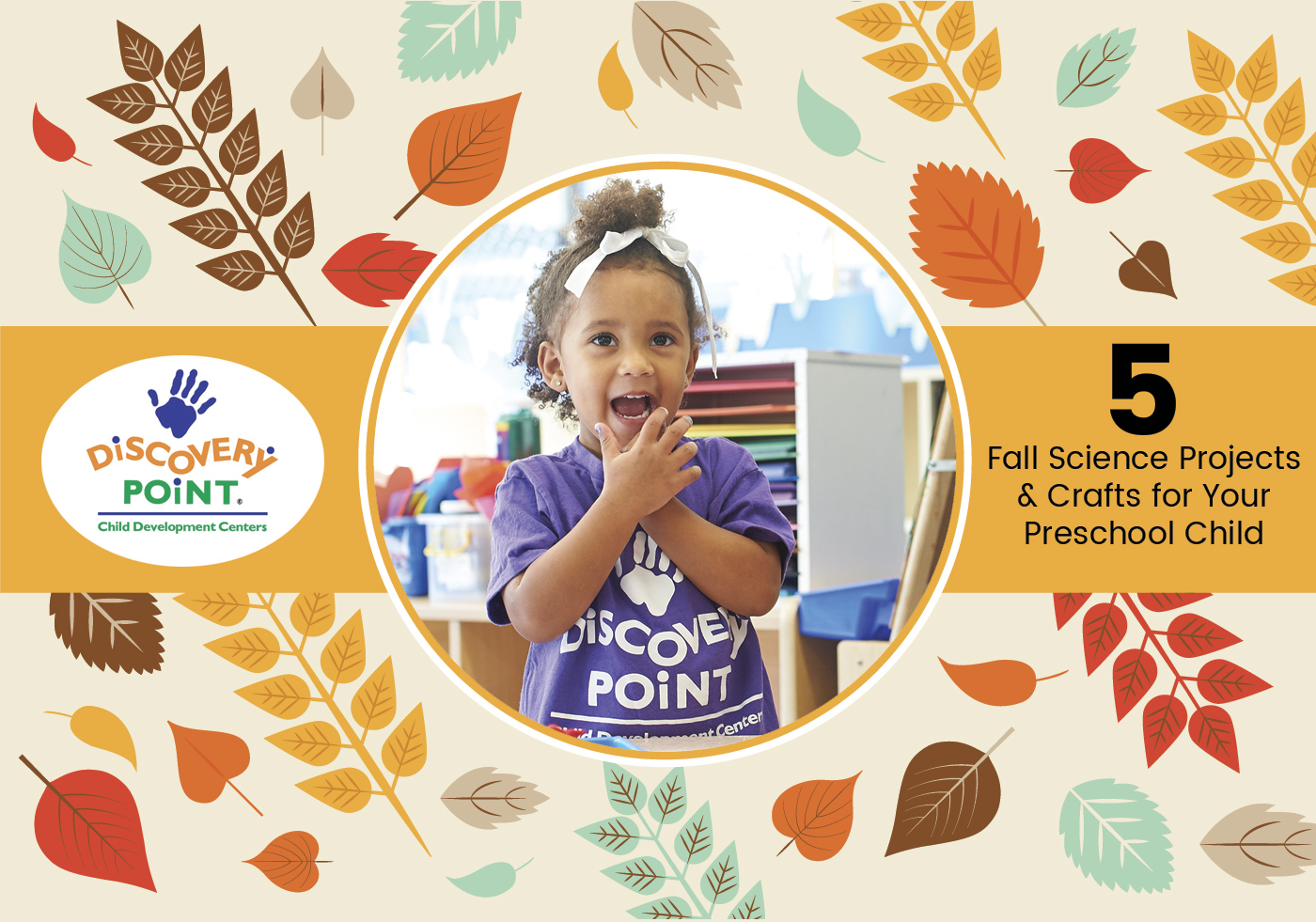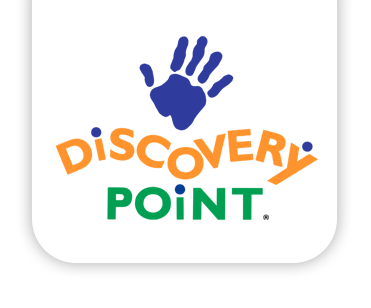Discovery Point Blog

5 Fun Fall Science Projects and Crafts for Your Preschool Child
Allowing your child to explore scientific concepts during early childhood can lead to a lifelong interest in the science, technology, engineering and math (STEM) fields. This can, in turn, lead to careers in cutting-edge scientific industries for your children in the future. The caring and experienced teachers at Discovery Point Child Development Centers specialize in bringing out each child’s full potential. Here are five fall science projects and crafts for your preschooler, selected by our educational team, to help inspire a love of science.
Displacement and Density
Apple bobbing is a fun and educational way to teach children about displacement, weight, mass and density. Explaining that apples float because they are less dense than the water supporting them can provide an avenue for explaining Archimedes’ displacement principle and the scientific method in general. By using kitchen scales to weigh apples and then dipping them in a measuring container, you and your child can see the relationship between the volume of water displaced by an apple and the weight of that same apple. This can help children develop mathematical skills that will serve them well in future academic pursuits.
The Anatomy of a Pumpkin
Labeling the various parts of a carefully cut pumpkin can help children understand the concept of anatomical structure in an entertaining way. By allowing preschoolers to touch, label and explore the various parts of the pumpkin from stem to seeds, you can also encourage your child’s interest in botanical and agricultural pursuits. After an outdoor afternoon of fun exploring the pumpkin inside and out, you can help your child draw the various parts of the pumpkin and add colorful labels to reinforce the lessons learned during hands-on play.
Acids and Bases
Combining baking soda and vinegar can create an explosive reaction that will delight and amuse your toddlers and preschool-aged children. Adding bright primary colors to the baking soda and vinegar before mixing can add visual interest to these experiments, which should ideally be performed outdoors and in play clothes to prevent spills and staining. Explaining the chemical basis for the reaction between baking soda and vinegar products can help your young children understand the various elements and compounds found in products and items they use every day.
Mesmerizing Magnets
Playing with magnets can be fun and educational. Bar, cylinder and horseshoe magnets are ideal for explaining polarity and magnetism as it applies to planets and smaller objects. Avoid using magnets that are too small or that are shaped like food items; these may provide too tempting a target for some toddlers and preschoolers. By discussing the attraction between opposite poles of magnets, you can generate curiosity about this important scientific property of matter.
Elasticity and Brittleness
Leaves are perhaps the most abundant resource during the harvest months. By comparing green, healthy leave with those that have fallen in your yard or neighborhood, you can teach your preschooler about brittleness and elasticity. Bending dry leaves will usually result in breakage; green leaves, by contrast, can bend to a much larger degree without damage. Close examination of leaves can also provide insights into the vascular systems of plants and an increased appreciation of the great outdoors for younger children.
The experts at Discovery Point can help your child achieve a greater understanding of basic science and math to encourage interest in STEM topics. By working together, we can ensure that your child reaches his or her full potential in the academic environment.


